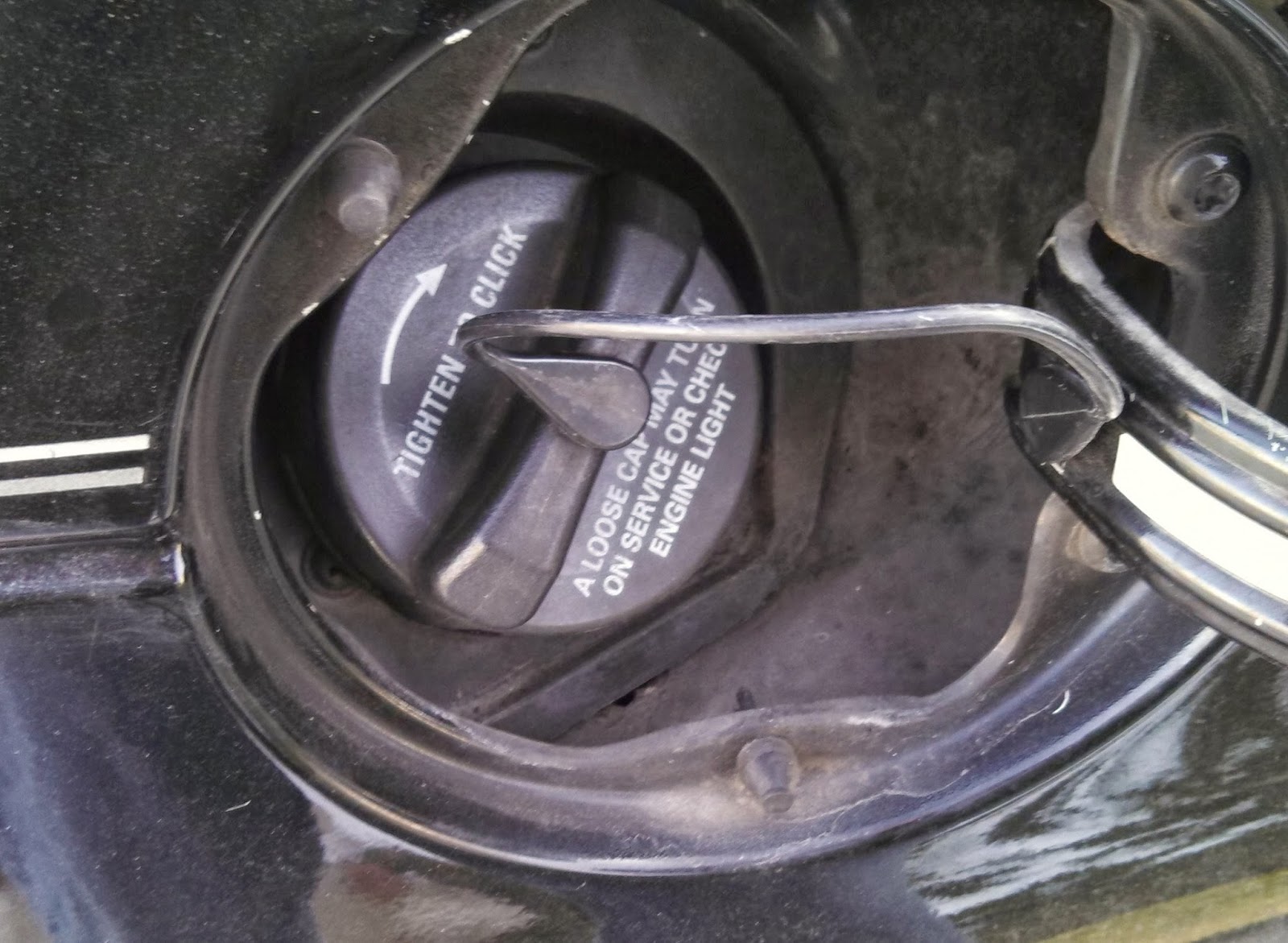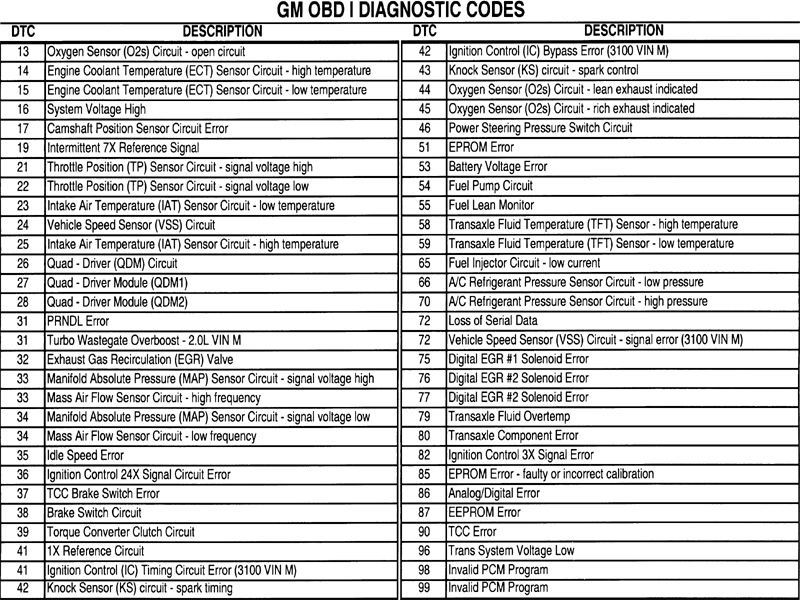That little yellow light on your dashboard, the check engine light, can be a source of anxiety for any driver. While it can signal a myriad of issues, sometimes the culprit is surprisingly simple: a loose, damaged, or missing gas cap. This seemingly minor oversight can trigger the check engine light, leading to unnecessary worry and potential expenses. But why does a loose fuel cap trigger this warning? Let's delve into the connection between your gas cap and that illuminating engine light.
The gas cap plays a crucial role in maintaining the pressure and integrity of your vehicle's fuel system. A properly sealed fuel system prevents fuel vapors from escaping into the atmosphere, contributing to air pollution. Modern vehicles are equipped with an Evaporative Emission Control (EVAP) system that monitors this vapor pressure. When a loose or damaged gas cap compromises the seal, the EVAP system detects the pressure drop and triggers the check engine light, alerting you to a potential leak.
The importance of a properly sealed gas cap goes beyond simply preventing that annoying check engine light. A faulty gas cap can impact fuel efficiency. Escaping fuel vapors mean you're essentially losing gas, leading to more frequent trips to the pump. Furthermore, a compromised EVAP system can contribute to environmental pollution. By understanding the significance of a tight gas cap, you're contributing to both your wallet's well-being and a healthier environment.
While the check engine light due to a loose gas cap might seem like a minor inconvenience, ignoring it could potentially lead to more significant issues down the line. For example, a continuously open EVAP system can attract dirt and debris, which can then clog the system's components, leading to more costly repairs. Therefore, addressing the issue promptly is always the best course of action.
So, what should you do if your check engine light comes on and you suspect the gas cap? The first step is, of course, to check the gas cap. Make sure it's securely tightened. Sometimes a simple click is all it takes to resolve the issue. If the cap appears damaged or cracked, replace it with a new one specifically designed for your vehicle's make and model.
The history of the EVAP system and its connection to the gas cap code check engine light dates back to the 1970s when regulations aimed at reducing vehicle emissions were first introduced. As environmental awareness grew, so did the sophistication of these systems, leading to the integrated diagnostic capabilities we see in modern cars today.
Benefits of addressing a gas cap check engine light:
1. Improved Fuel Economy: A properly sealed fuel system prevents fuel loss, saving you money at the pump. 2. Reduced Emissions: A functional EVAP system minimizes the release of harmful vapors into the atmosphere. 3. Prevents Further Damage: Addressing the issue promptly avoids potential complications with the EVAP system.
Action Plan:
1. Check the gas cap for tightness and damage.
2. Replace a damaged gas cap with a new one.
3. If the light persists after tightening or replacing the cap, consult a mechanic.Advantages and Disadvantages of Promptly Addressing Gas Cap Issues
| Advantages | Disadvantages |
|---|---|
| Saves money on fuel | Cost of a new gas cap (if needed) |
| Reduces environmental impact | Time spent diagnosing and fixing the issue |
FAQ:
1. Can a loose gas cap damage my engine? Generally, no, but it can lead to other problems within the EVAP system.
2. How long does it take for the check engine light to reset after tightening the gas cap? It can vary, but often within a few driving cycles.
3. Will disconnecting the battery reset the check engine light? Yes, but it's better to address the underlying issue.
4. Can I drive with a loose gas cap? It's not recommended as it can impact fuel economy and emissions.
5. How much does a new gas cap cost? They are relatively inexpensive, typically under $30.
6. What is the gas cap code? The specific code depends on the vehicle make and model but relates to the EVAP system.
7. How do I check for a gas cap code? An OBD-II scanner can be used to retrieve the code.
8. Is my gas cap the only reason for an EVAP code? While a common cause, other EVAP system components can also trigger the code.
Tips and Tricks: Always ensure the gas cap clicks several times when tightening. Regularly inspect the gas cap for cracks or damage. Consider keeping a spare gas cap in your vehicle's emergency kit.
In conclusion, the gas cap check engine light might seem like a minor annoyance, but it's a crucial indicator of your vehicle's EVAP system health. Understanding the connection between your gas cap, fuel efficiency, emissions, and the check engine light empowers you to address the issue proactively, saving you money, reducing your environmental impact, and preventing potential future problems. By following the steps outlined above and staying mindful of your gas cap's condition, you can keep your car running smoothly and efficiently for years to come. Don't ignore that little yellow light – take action and ensure your gas cap is doing its job! Remember, a simple click can save you a lot of hassle and expense in the long run.
Creating healthy smiles your guide to dr peterson pediatric dentist
Dreamy decor exploring the allure of light purple aesthetic wallpaper collages
Banish those water rings the ultimate guide to removing water marks from wood furniture
Gas Cap Engine Light Code - Khao Tick On
Why Is My Malfunction Indicator Lamp On at Catherine Dolan blog - Khao Tick On
Check Engine Light From Gas Cap - Khao Tick On
Blinking Check Engine Light Honda Accord 2006 Ex - Khao Tick On
Gas Cap Light On Jeep Patriot at Gloria Dunn blog - Khao Tick On
Symptoms Of A Bad Gas Cap On A Car - Khao Tick On
How to Get Rid of the Check Engine Light 4 Techniques - Khao Tick On
Gas Cap Code Check Engine Light - Khao Tick On
Check Engine Light Gas Cap Code - Khao Tick On
Po Engine Code List - Khao Tick On
Loose Gas Cap Check Engine Light Code - Khao Tick On
Psi Engine Fault Codes - Khao Tick On
Check Engine Light Flashing After Getting Gas - Khao Tick On
Honda Accord Blinking Check Engine Light - Khao Tick On
Check Engine Gas Cap - Khao Tick On














